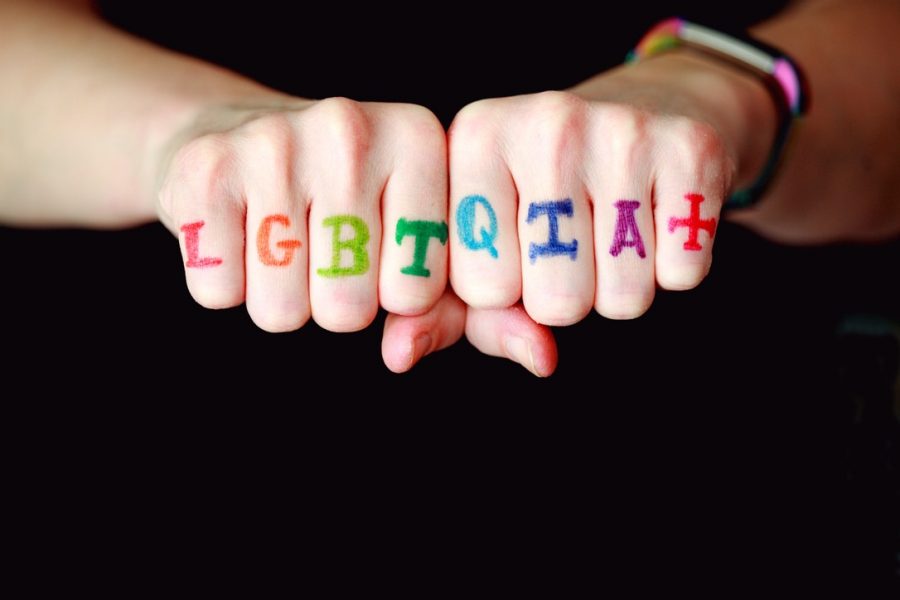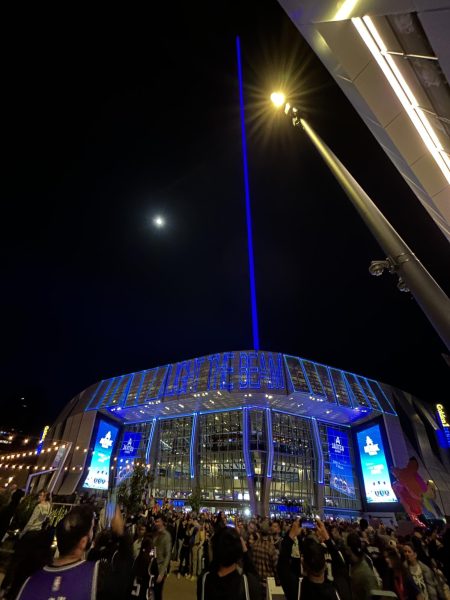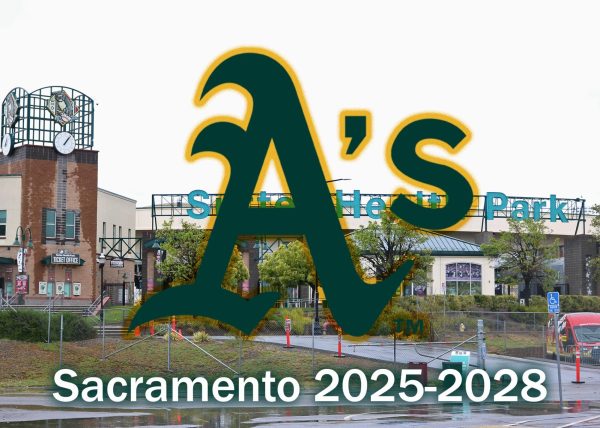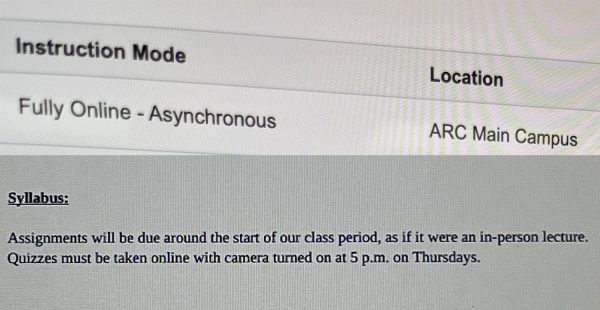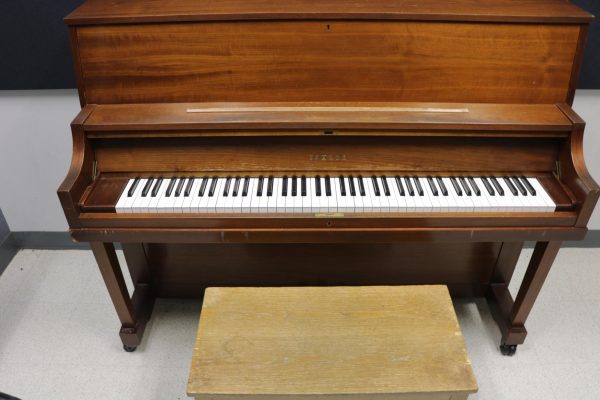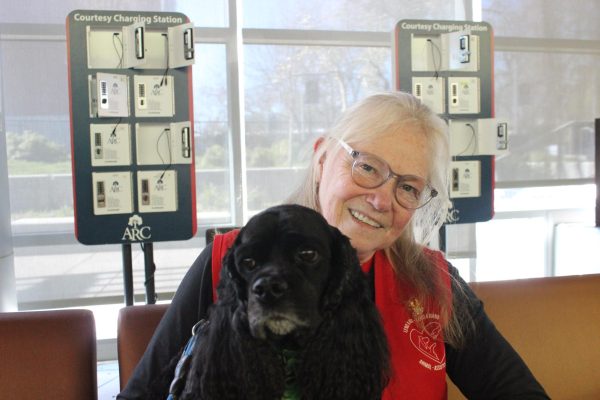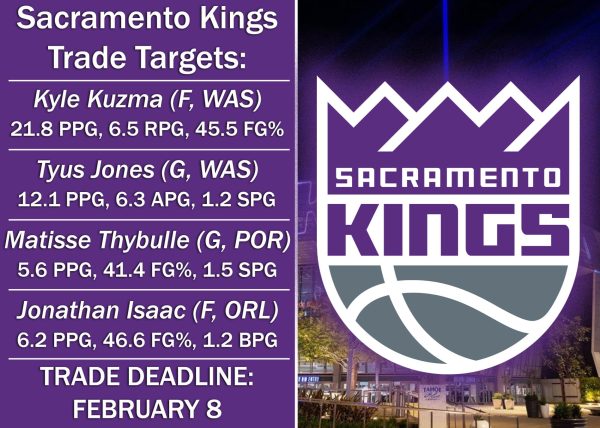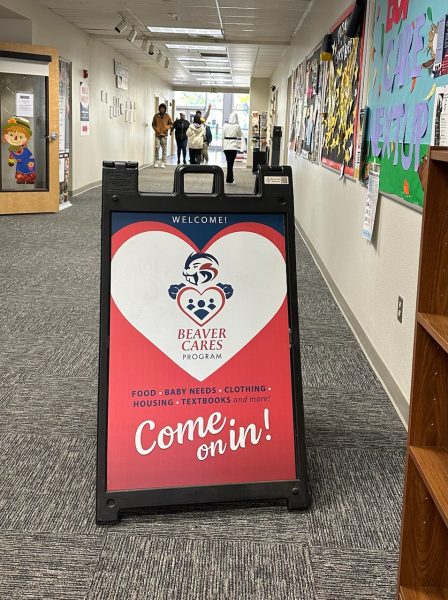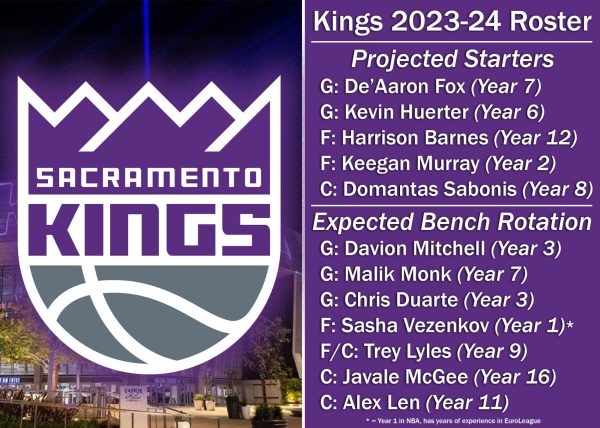Social media: The coming out story
Social media has helped younger generations express their sexuality freely
With the rise of public social media platforms, an introduction to sexuality traits and stereotypes, more and more members of younger generations understand their sexuality. (Photo via Unsplash)
Genesis 1:27-28: “So God created man in His own image; in the image of God he created him; male and female he created them. And God blessed them. And God said to them, ‘Be fruitful and multiply and fill the earth and subdue it, and have dominion over the fish of the sea and over the birds.'”
For centuries, many have believed marriage and love to be between one man and one woman. People had negative associations with homosexuality. To call someone “gay” or “queer” was an insult. To be gay or queer was a sin.
In recent years being openly queer does not have as much of a negative stigma behind it like it did generations before; in fact, being openly queer in this generation is more acceptable due to LGBTQIA+ exposure on social media.
With the rise of social media platforms such as TikTok, being openly queer in a public space has created an awareness for younger generations like GenerationZ, to understand and accept being queer. While many may feel that exposure to sexuality may be a bad thing for younger generations, it’s important for queer people to be comfortable with their sexuality no matter how young or old they may be.
As a closeted queer woman, I have always had a fear of exploring my sexuality. It wasn’t until recently that I felt comfortable identifying as queer. When I was 10 I began to realize that I had an interest and attraction towards women but I didn’t know what it meant. When I was 16, that attraction returned when I was later exposed and educated about the label “bisexual” and other LGBTQ+ labels. When I was 18, I began to question my sexuality once more and now after a few years, I am able to openly identify as queer. If I had been exposed to the LGBTQIA+ community earlier in my growth, I would have been able to be confident and open with my sexuality sooner. However, because of recent exposure to social media, I have found comfort in being openly queer.
According to Statista, a provider for consumer data, the number of LGBTQ+ persons in America has risen over 2% within the past eight years. This corresponds to a time where social media began to rise in popularity.
According to Pew Research Center, the percentage of United States adults who say they’ve used at least one social media site has risen over 20 % since 2012. Now in 2021, 72 % of U.S. adults say they have used at least one social media platform with 48 % of adults ages 18-29 using the platform TikTok, an app where users share 15-60 second videos.
This past year, TikTok has exposed me to clips that have encouraged me to accept my sexuality with a feature called the “for you page.” This allows the app’s algorithm to suggest videos to someone’s social media feed based on their recent likes and interests.
It is popularly known that TikTok has a “for you page” for almost any community. The LGBTQ+ community has expressed common traits that have helped one another express their sexuality. While many may believe that these traits can be stereotypical to some people, they have helped others like me to explore their sexuality and accept who they are. Communities like these allow people from all over to share the same interest and explore who they are more frequently.
Social media allows people from everywhere around the world to connect on one or more small platforms, leading to exposure from different people who experience the same thing. It’s important for people to understand that exposure to sexuality through social media prepares more and more people to be accepting of who they are by being able to see others openly.

